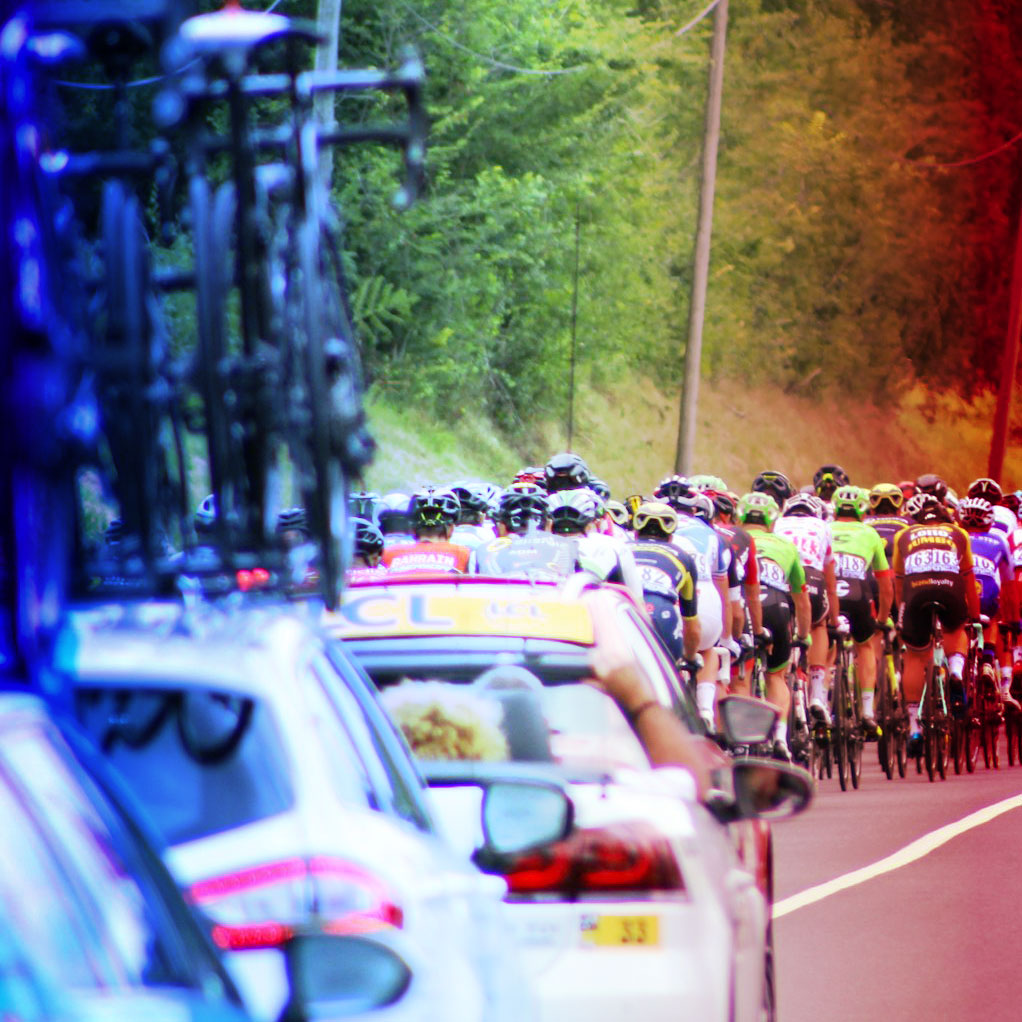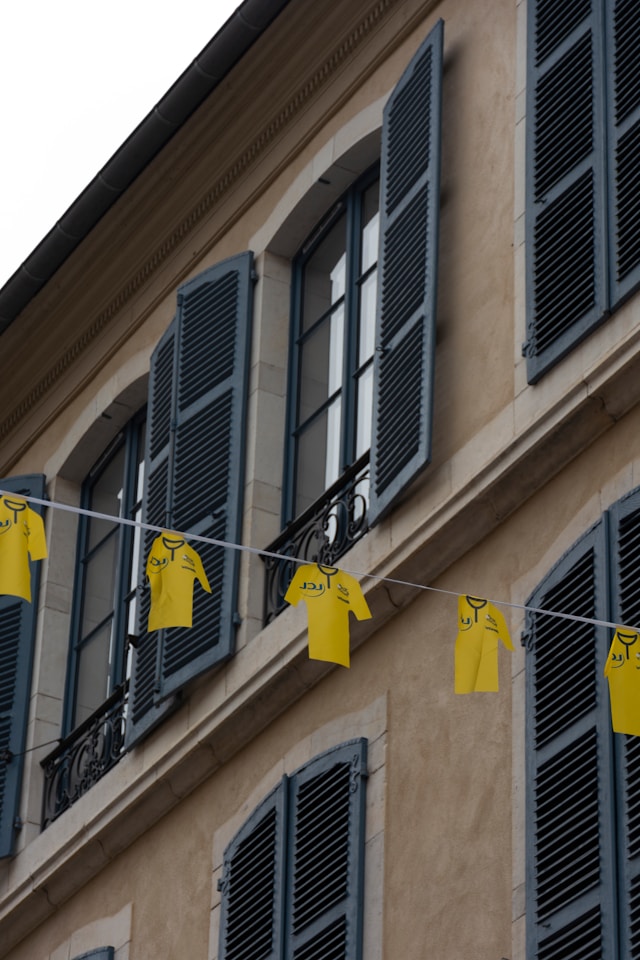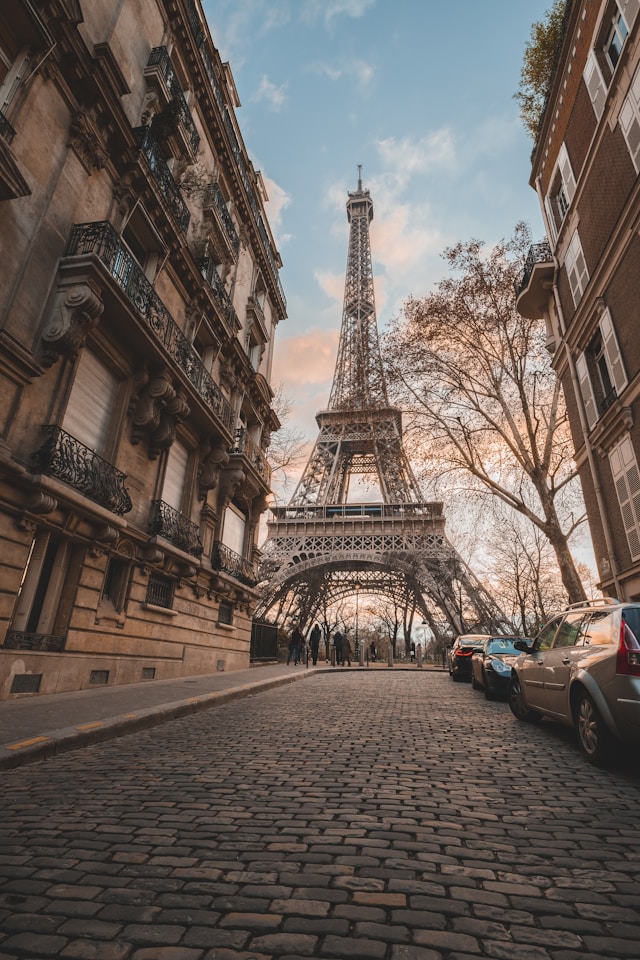
It’s that time of year when I wake up with my coffee and watch the best cyclists in the world tackle the most prestigious race in the world, the Tour de France.
The 112th edition of the Tour had more than its share of crashes, heartbreak, and as much triumph as is usually had over the three-week race.
Let’s start with the crashes, and there were a lot of them. I had a conversation with my cousin, who also watches the Tour, and we came to the conclusion that there are four reasons for the recent prevalence of crashes.
One, more road furniture: traffic signs, speed bumps, roundabouts, barriers, and the like. As the speed of these professionals ramps up, it’s easier to get caught up in something that wasn’t there a second ago.
Two, proximity to other riders: these guys are riding close together, and they’re more bunched up and crowded than in the past. If there’s an incident, it won’t be isolated. One rider’s mistake takes down a portion of the peloton.
Three, more aggression, faster riding, and desperation: there were crashes from beginning to end, and riders and teams were taking their moments to advance when they appeared. As such, if the overall victory is out of the question, teams will take bigger risks to get the stage honors and this often comes with a risk-versus-reward scenario.
Four, they all seem less willing to spread out: perhaps because of said desperation, riders don’t want to be caught out. They’re all fighting for the same space on the road, which also leads to closer proximity.

But for those who did stay up, or who didn’t crash out, how did the race pan out?
Tadej the Tornado Matures.
Tadej Pogacar was dominant and explosive again this year, outdueling his fellow multi-time Tour de France champion Jonas Vingegaard. But unlike the Tornado Tadej of the past, he wasn’t out to attack the field all the time and destroy it. He was strategic, and many think the race was a little boring in the mountains because of it. Once Tadej had his lead, he would sit on Vingegaard’s wheel and simply try to outsprint him in the final kilometers. This is different from the Tadej of the past, who wanted to destroy the field every time and wasn’t comfortable following anyone’s wheel.
Not All Winners Finish
Jasper Philipsen, the winner of the first stage of this year’s Tour and the favorite to win the Green Jersey points classification, crashed out of the race. Potential podium finisher Remco Evenepoel, who also won on stage five, left the race due to illness, and, as was later revealed, he was racing with a fractured rib.
A Race for the Top 10
With Pogacar getting the better of Vingegaard, the top two spots on the overall podium were taken, but the race for third and the race to be in the top 10 overall were compelling races, especially once Pogacar locked up King of the Mountains and Jonathan Milan locked up the Green jersey points classification. The only other award up for grabs was the best young rider’s white jersey, which, after Remco left, went to Florian Lipowitz.
At the end, best young rider Lipowitz finished just over a minute ahead of Oscar Onley to finish third overall. Stage winner Ben O’Connor fell just shy of a top ten due to a breakaway in the penultimate stage.

Lipowitz was a revelation this year in his debut Tour. More will certainly be expected of him next year.
A Victory for France
Up the historic climb of Mont Ventoux first was the heroic Frenchman Valentin Paret-Peintre. While France is a wonderful host to his great race, they aren’t always guaranteed their own success. To have their single victory up the historic Ventoux was exciting, as Pogacar and Vingegaard marked each other up the climb, and as Paret-Peintre out-sprinted his breakaway compatriot Ben Healy to take the victory in the final meters of the climb.
A New End!
The final stage in the Tour de France in recent decades has been a procession through Paris and laps on the Champs-Élysées. Then on the final two laps, the sprinters usually race to finish first, while the overall leader of the race just gets through and celebrates a job well done.
This year, the circuit of laps included a small climb and was won from a breakaway that included overall leader Tadej Pogacar and all-star and winner of the stage Wout van Aert. This break took the sprinters out of the race for stage honors and really made the final stage more interesting than just sightseeing and processional.
Questions
As we bid adieu to the men and the Tour de France Femmes avec Zwift is in high gear, I have some questions to ponder until next year’s race.
Is this the last time for Julian Alaphilippe, the great French rider whose exuberance on two-wheels may be unparalleled, or is he back again in 2026?
Can Vingegaard catch Pogacar? Can anyone catch either of them?
Will the change of the final stage in Paris on the Champs-Élysées hold through for next year?
These are things to ponder as we await the 113th edition of the Tour de France in 2026.